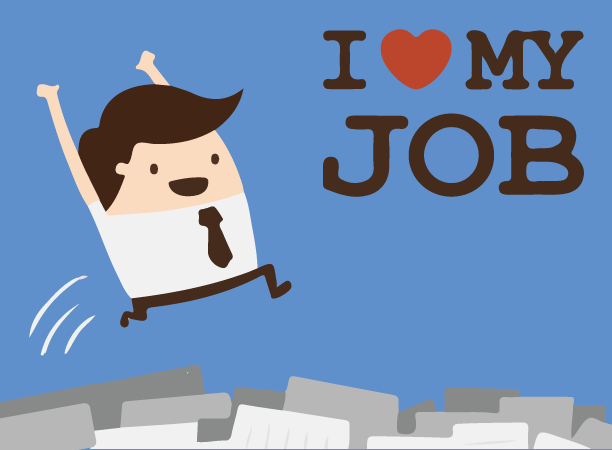
You spend money on technology. You spend money on sales and marketing. You spend money on real estate and office space. What about the money that you're spending on your people?
I'm not talking swag, and I'm not even talking about training. I'm talking about the money you spend on your workforce to help them be successful and happy in your organization.
Today I was chatting with a colleague who works in higher education and previously worked with the Disney Institute. We discussed the make up of a complex organization, and how to get people to focus on what's happening next. We also brainstormed ways to stabilize the long term future of the organization in the face of shortening tenures.
My colleague said that the average time frame for an employee is three years before they move on to another company. If key staff leave, you lose training dollars and institutional knowledge - you'll need to hire, train, and get a new person up to speed every three years!
While it may be different in your industry and company, I invite you to look at the cost of hiring and replacing parts of your workforce.
In a report on Business Insider, the CEO of an advertising agency offers $2000 for their employees to go on a vacation so they come back well rested, happy and focused. He reports that his organization has virtually no turn over.
If you look at $2000 and say that it's a big investment in your people, what's the cost of not doing it?
How much is turnover costing you?
In a time where money is more abundant that talent, you may have to shift your perspective on how you manage the investments in your organization. In this Harvard Business Review article, Eric Garton from Bain & Company encourages leaders to actively measure their investment in people to recognize the cost/benefit of different initiatives like the one mentioned above.
This article on Forbes shares a few examples of the financial benefits of investing in people.
"Companies that effectively appreciate employee value enjoy a return on equity & assets more than triple that experienced by firms that don't. When looking at Fortune's '100 Best Companies to Work For' stock prices rose an average of 14% per year from 1998-2005, compared to 6% for the overall market."
You don't need to be a public company to recognize benefits from investing in your people.
First, take a look at the impact that investing in your people could have on your organization.
- What are the costs of turnover? Include hiring, training and lack of continuity.
- What are the possible benefits from a more engaged and focused workforce-- Gallup shows that this number can be a 10-20% improvement.
- Where actions you can take today to invest in your people today that will generate a positive ROI?
What's next?
Create an employee engagement strategy with your team as part of your overall strategic plan.
Not sure how to move forward on how to include an employee engagement strategy as part of your strategic plan?
A clear vision and strategic plan gets your employees engaged in the work they are doing, and increases their overall satisfaction.
Learn more about what your organization can get from higher engagement with your team:




